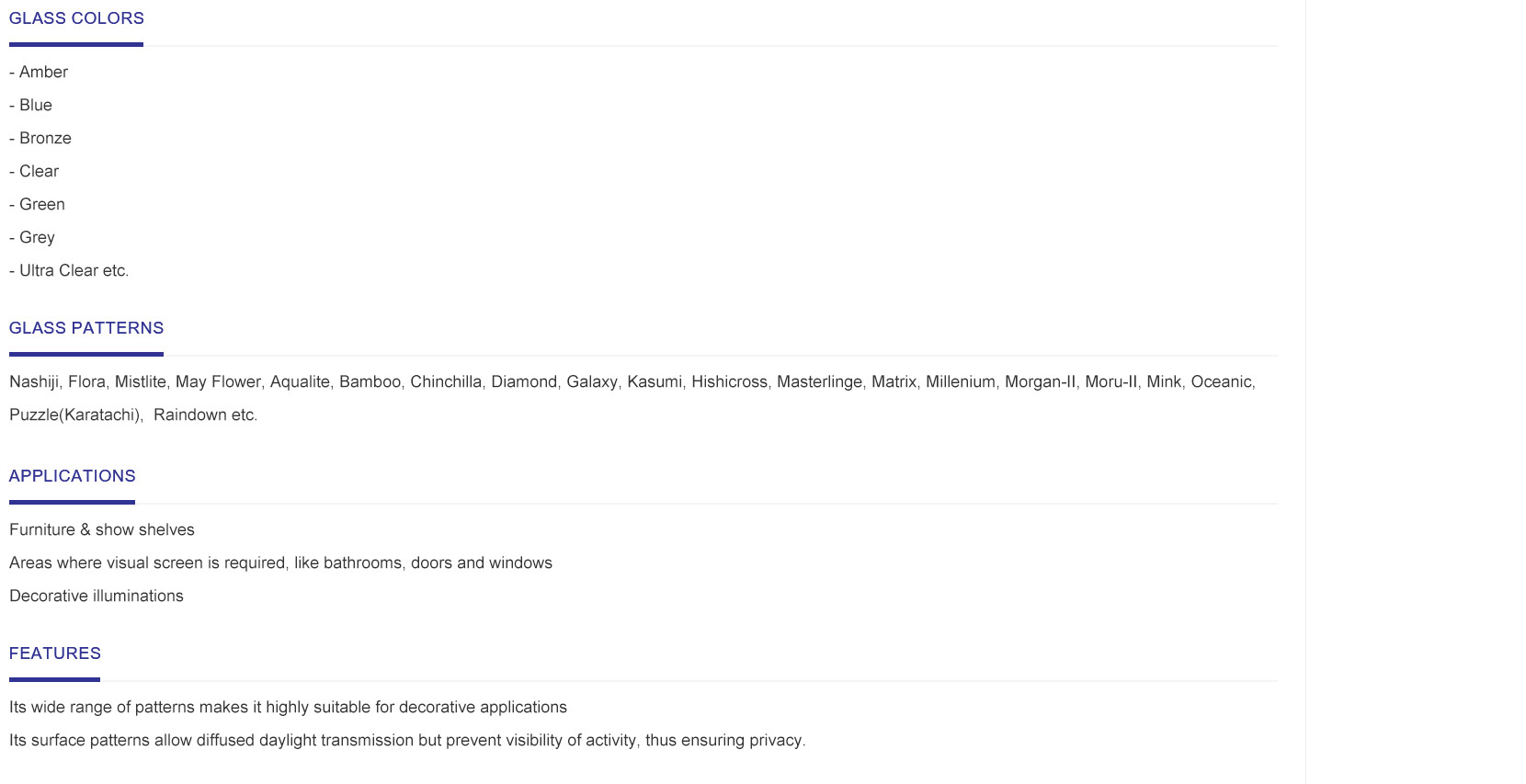

Low-E 366 Glass with Argon Enhancing Energy Efficiency in Modern Architecture
In the realm of modern architecture and construction, energy efficiency has become a critical focal point. With rising energy costs and growing concerns about climate change, building materials that can effectively insulate structures while maximizing natural light are in high demand. One innovative solution that has gained traction is Low-E 366 glass combined with Argon gas. This advanced glazing technology offers a multitude of benefits for residential and commercial buildings alike.
Low-E, or low-emissivity glass, is designed to reflect heat while allowing natural light to enter. The 366 designation refers to the specific coating technology used, which is optimized for climates with distinct temperature variations. This glass can significantly reduce the amount of infrared light that passes through while still letting ample visible light enter a space. By doing so, it helps maintain a comfortable indoor temperature without relying heavily on artificial heating or cooling systems.
Low-E 366 Glass with Argon Enhancing Energy Efficiency in Modern Architecture
One of the most significant advantages of using Low-E 366 glass with Argon is its ability to lower energy consumption. According to studies, buildings that utilize this type of glazing can see a substantial reduction in heating and cooling costs—often by as much as 30-50%. This not only translates to savings on utility bills for homeowners and businesses but also contributes to a smaller carbon footprint, making it an environmentally friendly choice.

Moreover, the energy efficiency afforded by Low-E 366 glass with Argon can enhance the overall value of a property. Buyers today are increasingly seeking homes equipped with energy-efficient features, understanding that these upgrades can lead to long-term savings and a more sustainable lifestyle. Properties that showcase advanced glazing technology can stand out in a competitive market, appealing to eco-conscious consumers.
In addition to its thermal benefits, Low-E 366 glass also offers notable advantages in terms of UV protection. Harmful ultraviolet rays can cause significant damage to furniture, flooring, and artwork, leading to fading and deterioration over time. The Low-E coating helps block a substantial amount of these rays while still providing natural daylight. This balance makes it an ideal choice for spaces that prioritize aesthetics without compromising on protection.
When considering window upgrades or new construction, architects and builders must also account for aesthetics. Low-E 366 glass can complement various design styles while offering superior functionality. Its clarity and reflective properties can create a modern and sleek appearance, enhancing the overall aesthetic appeal of any building.
In conclusion, Low-E 366 glass with Argon gas represents a significant advancement in energy-efficient building solutions. By minimizing energy consumption, enhancing indoor comfort, and providing protection against UV rays, it is an essential component for modern architecture. As sustainability continues to be a priority in construction, materials like Low-E 366 glass will undoubtedly play a crucial role in creating greener, more efficient buildings while maintaining aesthetic integrity. Investing in this technology not only benefits individual property owners but also contributes to a broader commitment to environmental stewardship.